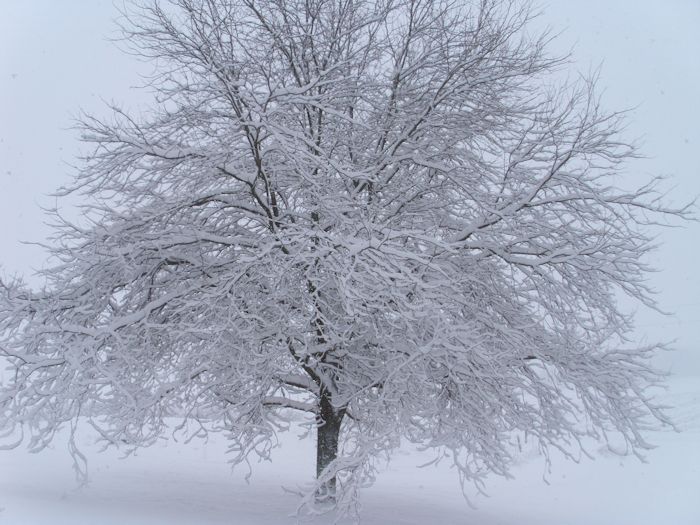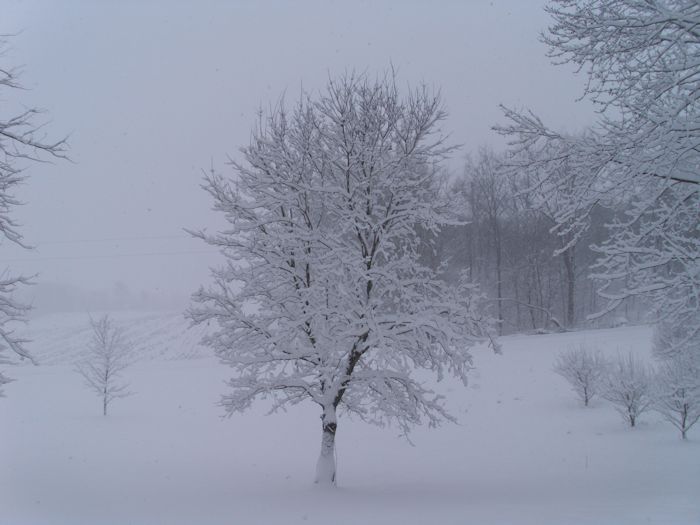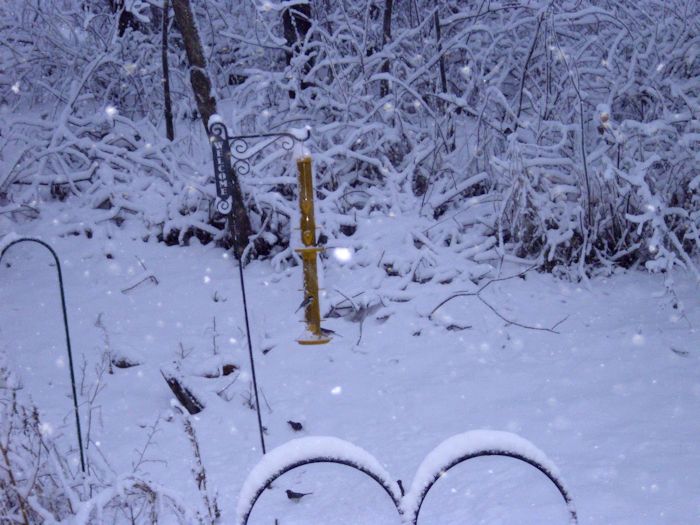This is the time of year when wind chills become especially problematic for those of us who spend substantial time outdoors. The wind chill doesn’t actually make things any colder. If your thermometer reports that it’s –9 degrees outside, then no matter what else happens, anything left outside long enough will cool to –9. However, the wind chill affects how fast the item cools. Obviously, staying outside until you body cools to that temperature will be deadly. In fact, the risk that you’re trying to avoid by monitoring the wind chill is hypothermia—a condition where your body cools faster than it can produce heat. Your normal body temperature is about 98.6 degrees. When your core temperature reaches 95 degrees, you begin experiencing hypothermia.
A simple way to monitor your risk is to take your temperature before and after you’re outside. If there is a risk of hypothermia, your temperature reading will go down. Of course, you can take an easier route by using any of the charts available for assessing your maximum time outdoors.
Using a Wind Chill Computer will help you determine how long you can stay outside if you’re absolutely healthy in every other way. You input the temperature and wind speed outside your door, rather than the temperature and wind speed reported on the radio. The wind chill will actually differ based on your location. For example, I live on a hill where the wind speed tends to be higher than it is in the nearby town, so the wind chill also tends to be higher here. If I used the wind chill reported in town, I could stay outside too long. I waited to go out this morning until the temperature rose to –7 and the wind gusts were at 12 mph. That made the wind chill –26 and my maximum time outdoors 30 minutes.
The wind chill charts assume that you’re in great shape and that you don’t take any medications that could affect your body’s ability to produce heat. If you have health issues, then you must reduce the time you spend outdoors when wind chill becomes a factor. Unfortunately, I can’t seem to find a resource that speaks to these issues, possibly because trying to calculate an outdoor time under these conditions would prove to be too complex. The best idea is to exercise caution and always stay out as little as you can.
My winter work coat is roomy. I bought it that way on purpose to make it easier for me to work. However, the roominess also lets me wear two shirts under my coat. I also wear a knit cap under the hood of my jacket to reduce heat loss through the top of my head. The gloves I wear are quite heavy and I wear long johns under my pants (which are also cut roomy for winter use). It’s essential to cover up if you want to avoid getting hypothermia.
Taking care outside is an essential part of surviving the winter. Always assume that something could happen to keep you outdoors longer than you planned and act accordingly. Make sure that someone knows where you’re at if at all possible so that help could arrive in time if you get into trouble. When in doubt, the work can probably wait until tomorrow, so wait until then to complete it when possible. Let me know your thoughts about wind chills at [email protected].



